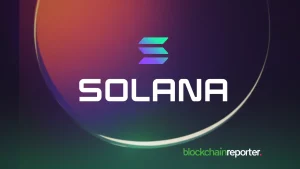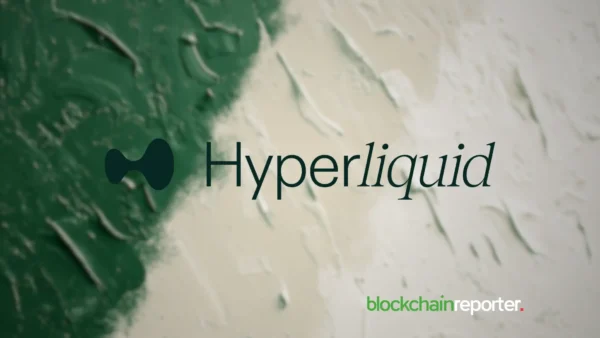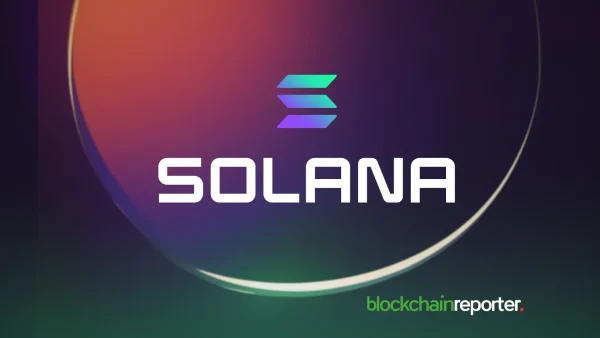
In recent months, Ethereum’s landscape has exhibited intriguing dynamics, particularly in relation to its transaction fees and asset price. A recent analysis by a CryptoQuant analyst has spotlighted the trend of Ethereum‘s average gas fees in Gwei, juxtaposed against its market price. This examination provides valuable insights as the cryptocurrency community anticipates the forthcoming decision on the *ETH* spot ETF.
Tranquility in the Ether: A Signal of Incoming Tumult?
Historically, Ethereum’s network activity has shown a correlation between rising gas fees and increasing asset prices. The current scenario depicts a notable dip in gas fees to levels not seen since May 2024, as highlighted by the blue line representing the 7-day moving average of these fees.
This drop suggests a period of reduced network activity, which might seem calm but could also be the precursor to significant market movements.
The relationship between Ethereum’s gas fees and its price is not merely coincidental but indicative of underlying market dynamics. The black line in the chart captures the price movements of Ethereum, revealing a pattern of rises and falls that often mirrors changes in gas fees.
This phenomenon is particularly poignant as the crypto community braces for the potential approval of an Ethereum spot ETF. Such regulatory milestones typically stimulate increased trading activity, which could lead to a surge in gas fees as more transactions vie for processing on the Ethereum blockchain.
The anticipated approval of the Ethereum spot ETF holds significant implications for the network beyond just an increase in transaction volume. An ETF could potentially streamline the process for institutional investors to gain exposure to Ethereum, thus injecting substantial capital into the market. This prospect could elevate both the demand for Ethereum and subsequently, the transaction fees due to heightened network activity.








